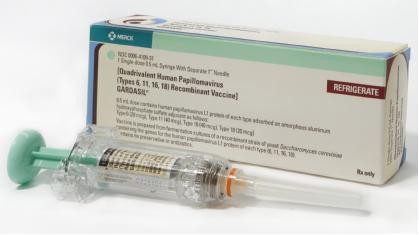Spinal-fusion surgery is one of the most lucrative areas of medicine. An estimated half-million Americans had the operation this year, generating billions of dollars for hospitals and doctors.
But there have been serious questions about how much the surgery actually helps patients with back pain and whether surgeons’ generous fees might motivate them to overuse the procedure. Those concerns are now heightened by a growing trend among some surgeons to profit in yet another way — by investing in companies that make screws and other hardware they install.
The parts can be highly profitable. A single screw that goes into the spine, for example, sells for about $1,000 — at least 10 times the cost of making it.
Within the medical device industry, it has been well chronicled how companies use consulting ties and other financial relationships to try to gain favor with the surgeons using their devices. But critics are especially troubled by the emerging trend in spinal devices, which so far has occurred largely under the radar.
Doctors’ taking significant ownership stakes in spinal parts makers, critics say, provides an extra financial incentive for a doctor to recommend a surgery. It may be one of the most distinct examples yet of the way monetary considerations can play a role in the way doctors practice medicine.
Such doctors face “an awfully pernicious conflict of interest,” said Dr. Richard A. Deyo, a physician and health services professor at the University of Washington in Seattle.
About 30 start-up companies have begun selling spinal devices, including screws, in the last couple of years. And industry experts say about a dozen companies have doctors among their investors. Because most of the companies are private and the relationships are not publicly disclosed, there is no way to know how many spine surgeons around the country are partial owners of device makers.
Typically, patients are not aware of the doctor’s financial interests. One patient who is suing her surgeon for malpractice learned only during the legal discovery process that her surgeon had a financial interest in the maker of the artificial disk he installed in her spine.
Federal regulators have voiced concerns about the growing popularity of the investment arrangements, which would potentially violate antikickback laws if doctors receive stock or are otherwise compensated to use or recommend certain devices.
“This is an area that is new and growing,” Vicki L. Robinson, a senior attorney in the Office of Inspector General at the Department of Health and Human Services, said in an interview. In a recent letter to a device industry trade group, Ms. Robinson wrote that the “ventures should be closely scrutinized under the fraud and abuse laws.”
Some spine surgeons are also concerned about whether they and their colleagues should enter into such arrangements. “These are, I believe, unethical and bias the doctors’ choice for what is best for the patient,” said Dr. Charles D. Rosen, a spine surgeon at the University of California at Irvine, who is the president of the newly formed Association of Ethical Spine Surgeons. The group has about 75 members so far, who have agreed not to invest in companies whose devices they use.
 Health Business Policy has a news flash that the Champaign County (IL) "Board of Review reports that the Illinois Department of Revenue (“DOR”) has revoked the property tax exemption of a second hospital in Champaign-Urbana, the Carle Foundation Hospital in Champaign, Illinois, agreeing with the original recommendation filed by the Board of Review to the Illinois DOR in the spring of 2005." There's nothing on the DOR web site about the alleged affirmance.
Health Business Policy has a news flash that the Champaign County (IL) "Board of Review reports that the Illinois Department of Revenue (“DOR”) has revoked the property tax exemption of a second hospital in Champaign-Urbana, the Carle Foundation Hospital in Champaign, Illinois, agreeing with the original recommendation filed by the Board of Review to the Illinois DOR in the spring of 2005." There's nothing on the DOR web site about the alleged affirmance.












